Fertilizer application is the most important activity when planting potatoes, providing a further incentive for crop growth and crop formation. The soil for potatoes is prepared 2 times a year - in autumn and spring. In the fall, fertilizers are applied scattered, in the spring - in the hole during planting.
|
Spring application of fertilizers provides potatoes with all the necessary microelements throughout the growing season. |
| Content:
|
Mineral nutrition requirements
Of the mineral fertilizers, potatoes most of all need potassium. The need for it is high during the germination period and in the last growing season. Its deficiency is very pronounced on light and peaty soils.
During the initial period of growth, the crop is in great need of phosphorus. It affects the growth of the root system and further productivity. The deficiency of the element is pronounced on poor podzolic soils.
Without phosphorus, the most productive variety will produce small tubers.
|
Potatoes love rich, fertile soil with a slightly acidic or neutral reaction. However, it can grow in acidic soils, but the yield naturally decreases. |
The need for nitrogen is less. It causes strong growth of tops to the detriment of the root system. If you give too much nitrogen, the tops will grow wildly at first, and then their development will stop until the root system is completely formed.
Growth retardation can last up to 4-5 weeks, which negatively affects the quantity and quality of the harvest. Therefore, when planting potatoes, nitrogen is either not added to the holes at all, or complex fertilizers are used, where the dose of all elements is balanced.
The crop really does not like high calcium content, so lime is added on acidic soils only in the fall.
Soil preparation
The potato plot is prepared in the fall. The soil is dug up onto the bayonet of a shovel, and completely decomposed manure is added.Semi-rotted and, especially, fresh manure cannot be applied, since late blight quickly develops on heavily manured soil, and tubers are affected by scab.
When applying fresh manure, the potatoes also go into the tops and form small, sparse, watery tubers.
When digging, add peat 1 bucket per 1 m2, 1 tbsp. l. superphosphate and 1 tsp. potassium sulfate. Ash is not used in autumn.
|
When digging, the rhizomes of weeds are removed, especially wheatgrass, which during the growing season pierces potato tubers with its rhizomes, as well as wireworm larvae, May beetles, mole crickets, etc. |
On clayey and waterlogged soils, add 1/3-1/4 bucket of sand directly into the hole.
Applying fertilizers to the hole during planting
The crop is fed very little during the growing season, since nutrients are poorly absorbed. Therefore, all the essentials are added in the spring when planting.
Applying fertilizer directly into the hole greatly improves potato development.
Potatoes need fertile soil and nutrients that stimulate plant growth. Organics increase overall soil fertility, and minerals enhance growth over a short period of time.
Organic fertilizers and mineral water are added to the planting hole together.
Mineral fertilizers
Ash
The most common fertilizer when planting potatoes. It contains large amounts of potassium, phosphorus, calcium, magnesium and trace elements, the composition and quantity of which depends on the burned material. The use of ash increases the quantity and quality of the crop.
|
When potatoes are planted, ash is most often placed in the holes. |
Ash, although obtained from organic components, is classified as a complex mineral fertilizer in terms of its effect on plants.Add 1 cup to the hole on poor and acidic soils, and 1-2 tbsp on chernozems. l. Add 1 dec. to the ash. l superphosphate and 1 tsp. potassium sulfate.
Only dry ash is used, since when moistened it loses potassium. It cannot be mixed with nitrogen fertilizers.
Chemical components
They are added in the absence of ash or in combination with it. During the germination period, potatoes especially need phosphorus (affects the development of the root system) and potassium (it is necessary for germination and normal development in the first half of the growing season).
The most suitable fertilizers are superphosphate, potassium nitrate (contains 13-14% nitrogen and up to 46.5% potassium) and potassium sulfate.
|
If potatoes are planted in furrows, then take 2 liter jars of superphosphate and 1 potassium nitrate per furrow 10 m long. |
Superphosphate is added to the hole: on very poor soils 2 tbsp, on the rest 1 tbsp, and potassium nitrate 1 dessiatine. l. or potassium sulfate 1 tbsp. l.
Organic fertilizers
Potatoes are responsive to organic matter and grow well in rich, fertile soils. Add 0.2 kg of humus and 0.2 kg of peat to the holes.
|
On acidic soils, peat is not applied, as it strongly acidifies it. |
You can add compost. On poor soils 0.5 buckets per hole, on black soils 0.1-0.2 buckets.
Organics must be mixed with mineral water. So, for early potatoes, add 3 tablespoons of ash and 1 tablespoon of humus per 0.2 kg of humus into a hole. superphosphate. On chernozems, in addition, add a liter jar of peat.
For mid-season and late varieties, add 0.3 kg of humus and 5 tbsp to the hole. ash and 2 tbsp. superphosphate. On acidic soils, simple superphosphate is used; on chernozems, double superphosphate is used, as it slightly acidifies the soil.
All fertilizers are thoroughly mixed with the soil. When planting, the tuber is never placed directly on fertilizer!
Complex fertilizers
Currently, many complex fertilizers for potatoes are produced, which are balanced both in composition and in action.
Gera potato
Contains N 12%, P 11%, K 23%. But potassium is contained in the form of chloride (KCl), which potatoes do not really like. Place 10-15 g (1 tbsp) per hole. But due to the potassium chloride it contains, instead of accelerating growth, the plants are somewhat inhibited at the first stage. Then they get better, but it's a waste of time. Can be used in the absence of other fertilizers.
|
Gera potato cannot always be used for fertilizing |
Hera is now being produced with dolomite and microelements. It can be used only on acidic soils and, preferably, in the fall. When added to a hole, it is covered with a layer of soil of at least 5-7 cm. On chernozems, Hera with dolomite is not used, since such soils have a high calcium content, and its additional application causes scab.
Grow for potatoes
Long-acting fertilizer containing N 12%, P 3%, K 15%, as well as magnesium and calcium. Does not contain chlorine and dolomite.
|
Due to the presence of calcium, Rasti Potato is not used on carbonate soils. |
Despite the high nitrogen content, it is consumed gradually as needed and does not cause an imbalance in the development of the above-ground and underground parts.
Add 0.5 cups into the hole, mixing thoroughly with the soil.
Potato fertika 5
Contains N 11%, P 9%, K 16%, in addition it contains calcium, sulfur, magnesium, boron, copper, manganese. This complex fertilizer is well balanced and ideal for potatoes. The calcium content in it is insignificant, so it can be used on chernozems.Fertika stimulates the development of the root system at the initial stage, and tuber formation at the end of the growing season. Productivity increases by 15-20%.
|
Add 1 tbsp per well. with a slide. It dissolves in the soil and remains available to plants throughout the growing season. |
WMD for potatoes
The abbreviation stands for organomineral fertilizer. The organic part consists of humic acids (10.5%), the mineral part contains NPK 6:8:9, the composition also includes sulfur, magnesium, zinc, boron, copper, iron, manganese.
|
OMU improves soil composition. This is especially important when growing crops in the same place for a long time. |
Excellent balanced composition, ideal for potatoes. Increases productivity, tubers are better stored and do not darken during storage.
Add 1 tbsp. with a slide. You can add 1 tbsp ash to WMD. l.
What else can you add to the hole?
Force
Imported insecticide with fumigation and contact action. In the ground, the drug emits a gas, which, penetrating the skin of pests, disrupts the conduction of nerve impulses and leads to their death. Those pests that are not affected by the gas die upon contact with the drug, but even before they damage the tuber.
|
The granules dissolve with minimal contact with a moist environment. The period of protective action is 45-60 days. |
The application rate is 10-15 g per hole. First, all the necessary fertilizers are added to the hole, mixed with the soil, and only then Force is added, also mixing it with the soil.
What not to add when planting
Should not be entered manure even in a half-rotted form. If it is necessary to use it, semi-rotted manure is applied in the fall. Over the winter it will decompose and will not stimulate the growth of the above-ground part as much.When applying manure in the fall in the spring, when planting, be sure to add potassium (2 tbsp) and phosphorus (1 tbsp) per hole.
Do not put into the hole pure nitrogen without combining it with other batteries. With an excess of nitrogen, the tubers become small, watery, hollow and greatly lose their taste.
|
In addition, with an excess of nitrogen, potatoes are more susceptible to late blight and scab. |
For the same reason they do not use humates. Although on poor soils 2 hours before planting, the holes can be watered with a solution of humates (2 tbsp per 10 liters of water). The consumption rate is 500-700 ml per well. Phosphorus-potassium fertilizers are always added to them.
Do not water the holes abundantly when planting and do not plant potatoes in very wet soil. In such an environment the tubers will rot.
Conclusion
All fertilizers must be selected taking into account the nutritional requirements of the crop and the soil on which it is grown. Usually, summer residents pour everything into the hole, regardless of the needs of the potatoes. As a result, the crop shortfall may be 20-40%.
If there are no necessary fertilizers, then only ash is added to the hole. This is one of the best fertilizers for potatoes; it contains everything that is most valuable for a good harvest. If there is a large choice, then strictly follow the recommendations, excluding what reduces the yield.
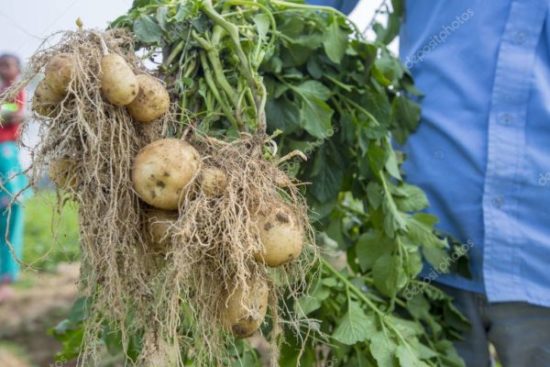
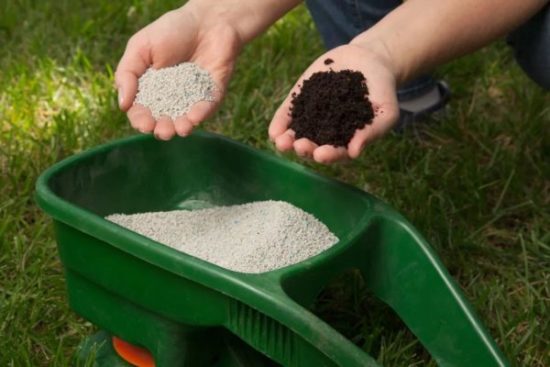
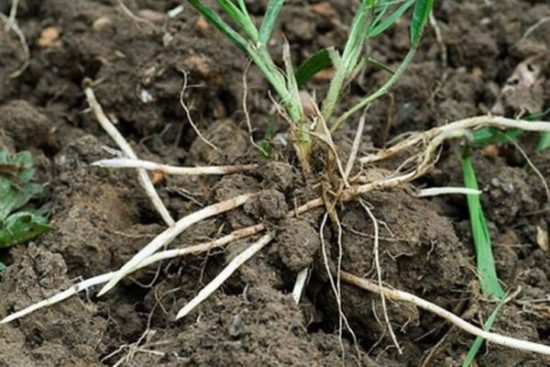
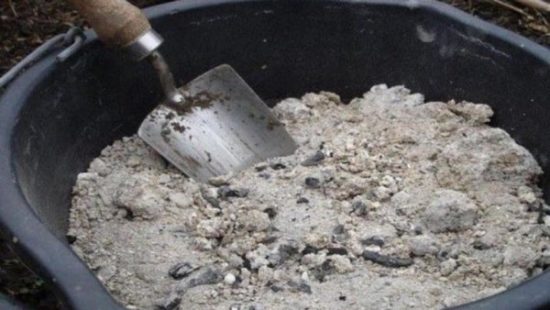
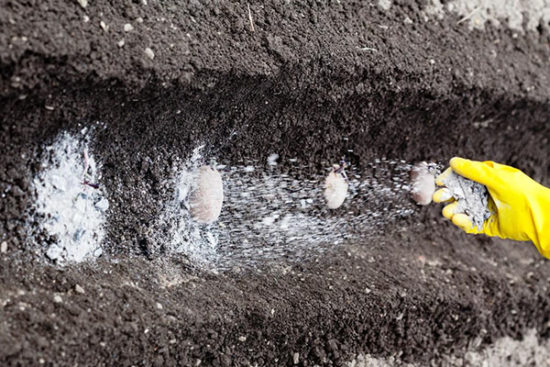
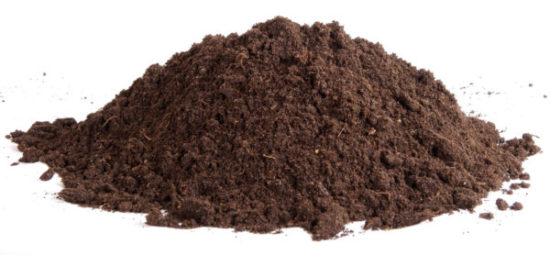
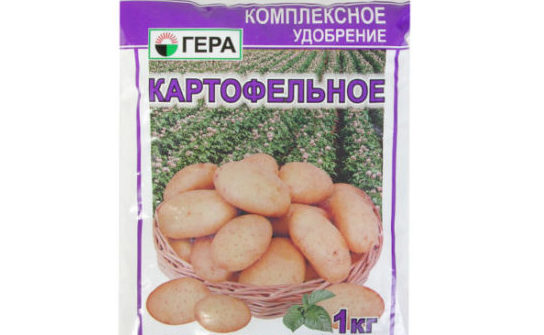
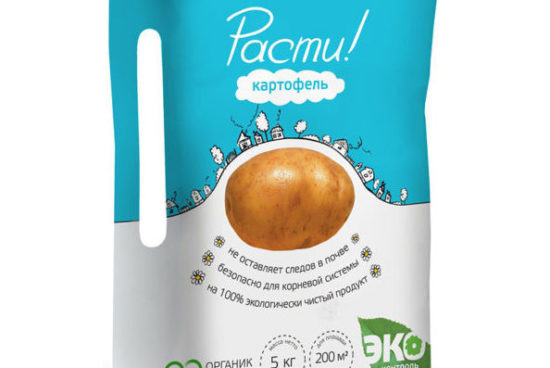

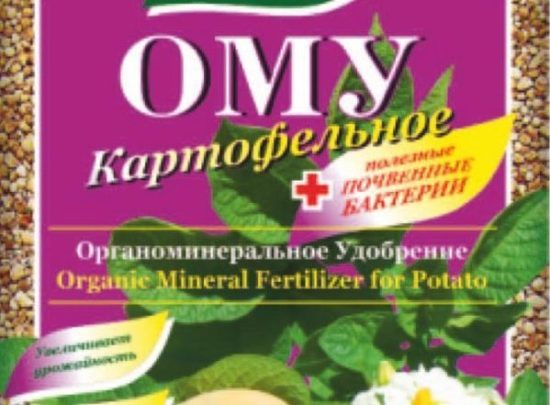
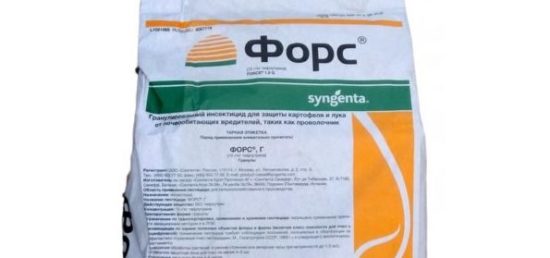


 (12 ratings, average: 4,08 out of 5)
(12 ratings, average: 4,08 out of 5) CUCUMBERS NEVER GET SICK, I'VE BEEN USING ONLY THIS FOR 40 YEARS! I SHARE A SECRET WITH YOU, CUCUMBERS ARE LIKE THE PICTURE!
CUCUMBERS NEVER GET SICK, I'VE BEEN USING ONLY THIS FOR 40 YEARS! I SHARE A SECRET WITH YOU, CUCUMBERS ARE LIKE THE PICTURE! You can dig a bucket of potatoes from each bush. Do you think these are fairy tales? Watch the video
You can dig a bucket of potatoes from each bush. Do you think these are fairy tales? Watch the video
 How our fellow gardeners work in Korea. There is a lot to learn and just fun to watch.
How our fellow gardeners work in Korea. There is a lot to learn and just fun to watch. Eye trainer. The author claims that with daily viewing, vision is restored. They don't charge money for views.
Eye trainer. The author claims that with daily viewing, vision is restored. They don't charge money for views. A 3-ingredient cake recipe in 30 minutes is better than Napoleon. Simple and very tasty.
A 3-ingredient cake recipe in 30 minutes is better than Napoleon. Simple and very tasty. Therapeutic exercises for cervical osteochondrosis. A complete set of exercises.
Therapeutic exercises for cervical osteochondrosis. A complete set of exercises. Which indoor plants match your zodiac sign?
Which indoor plants match your zodiac sign? What about them? Excursion to German dachas.
What about them? Excursion to German dachas.